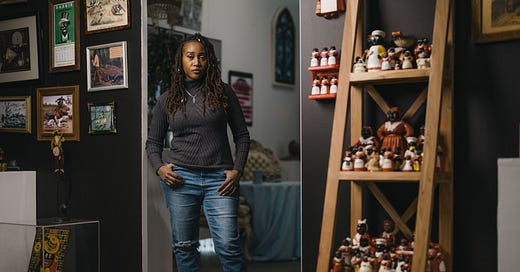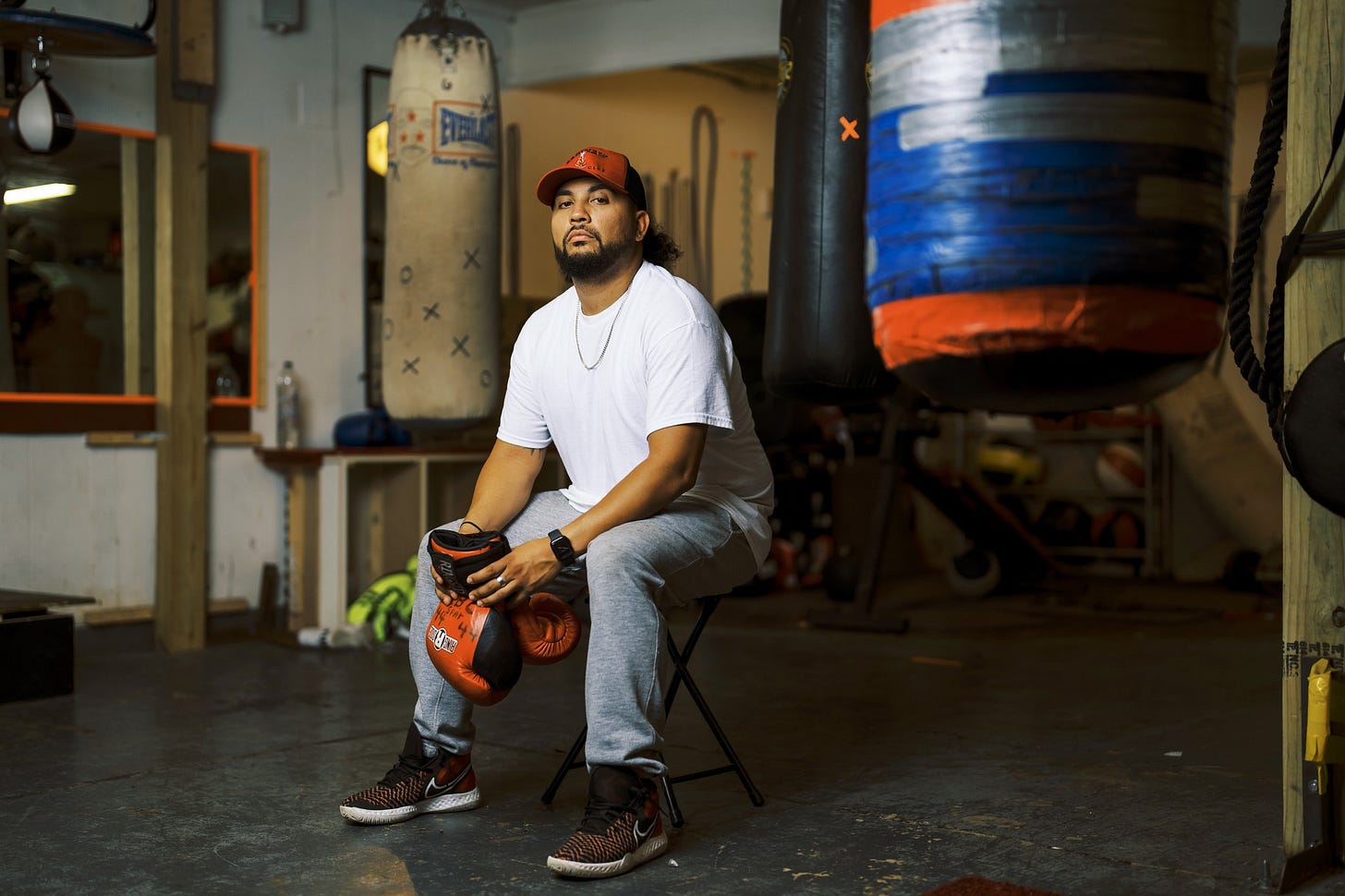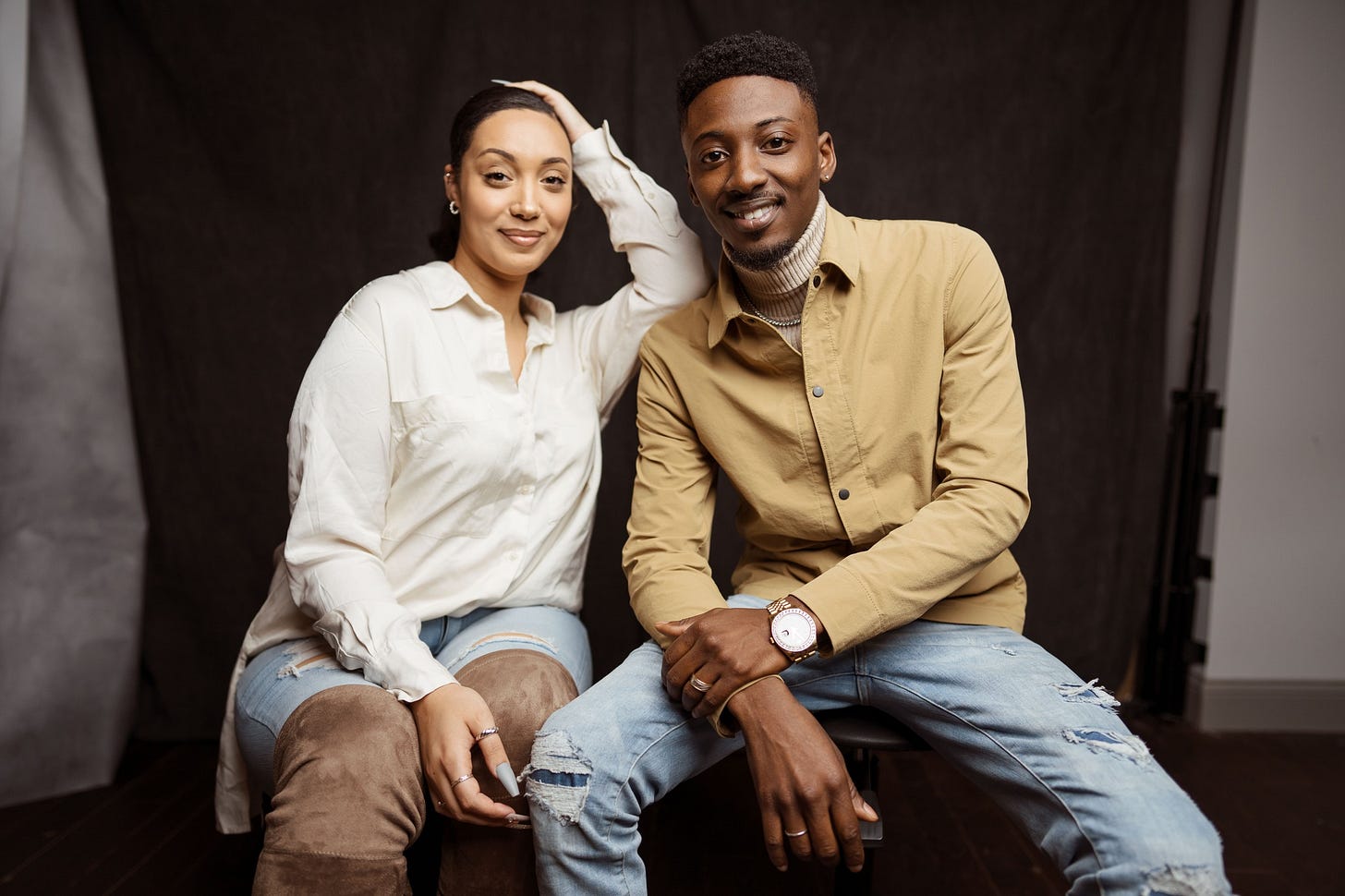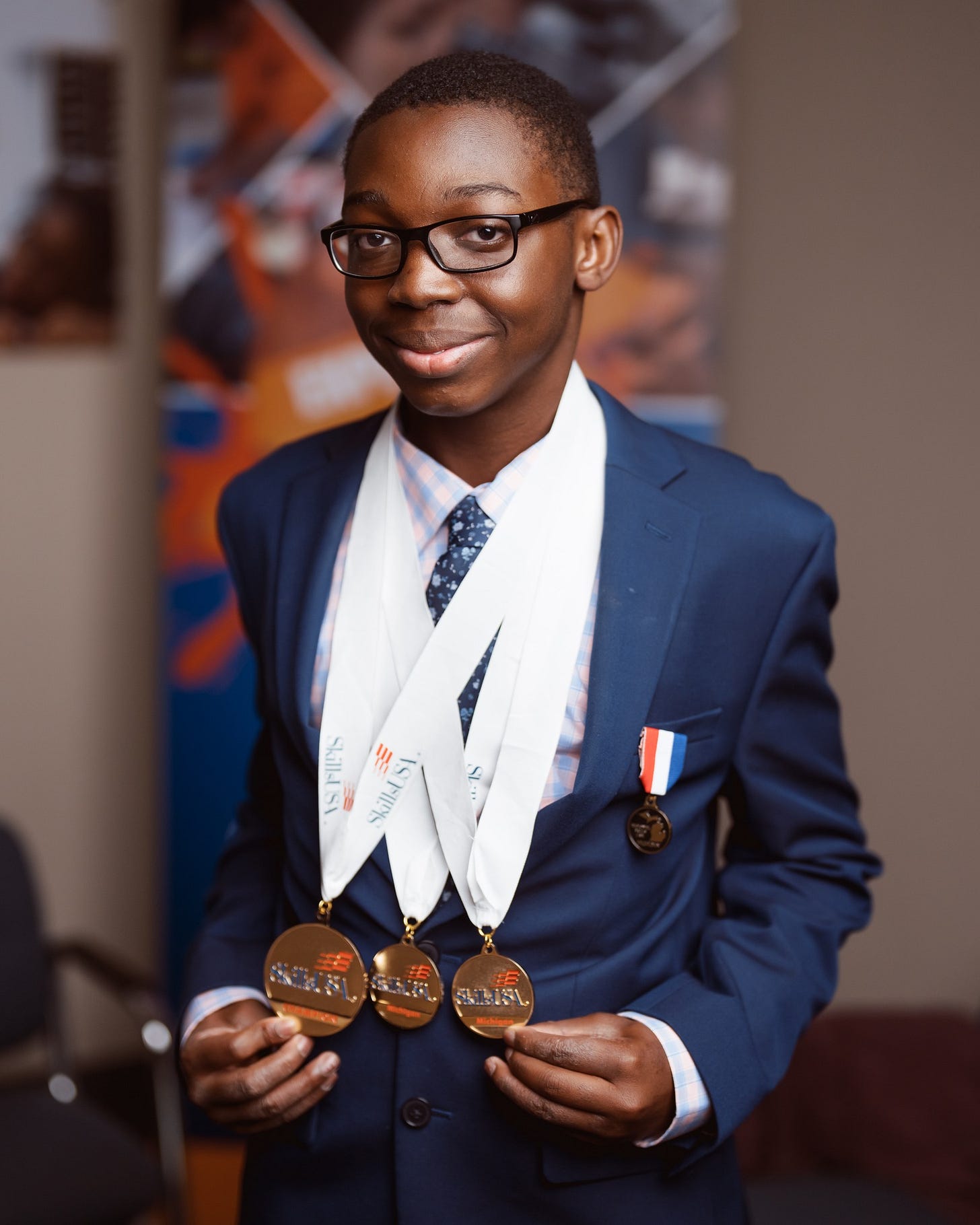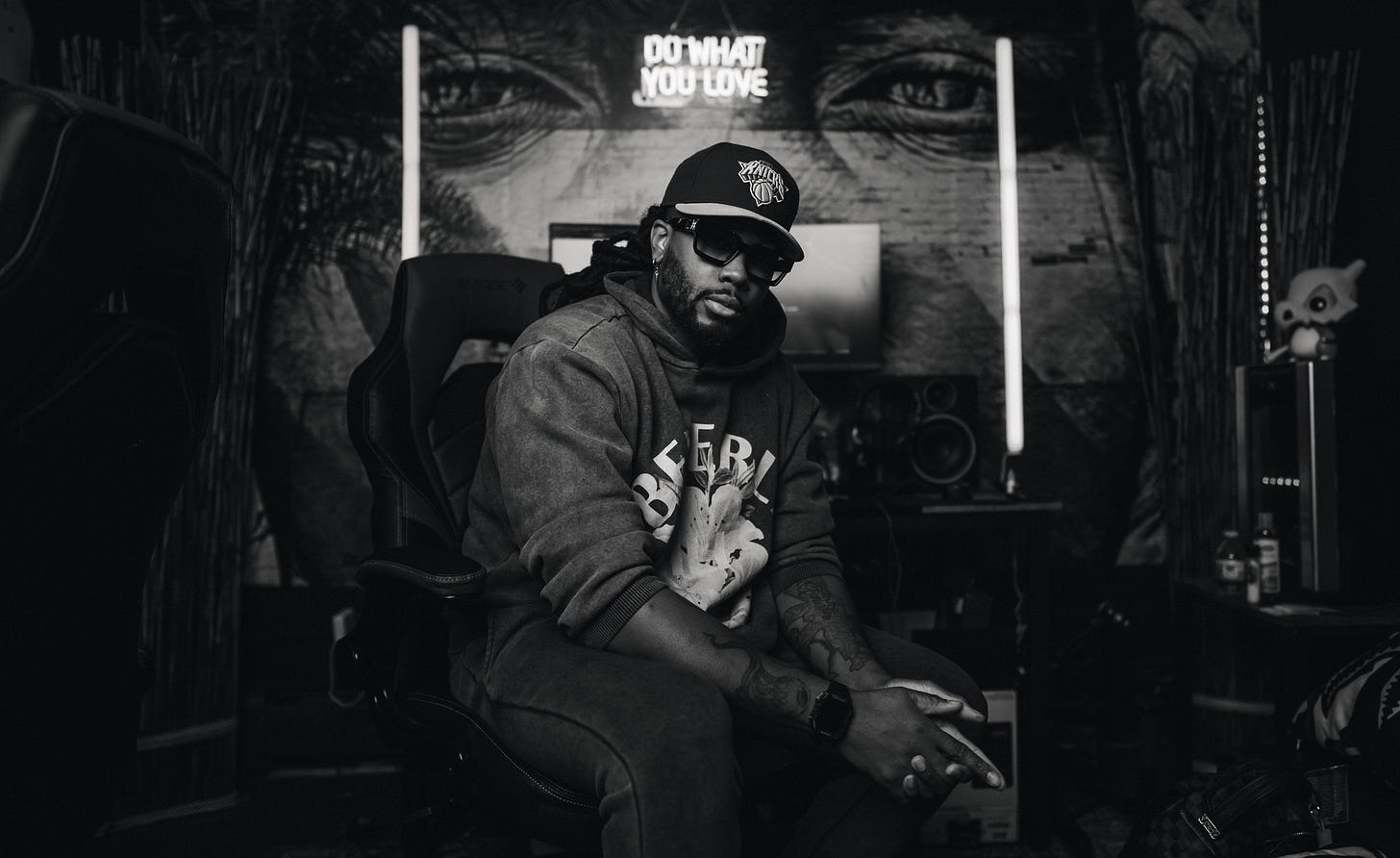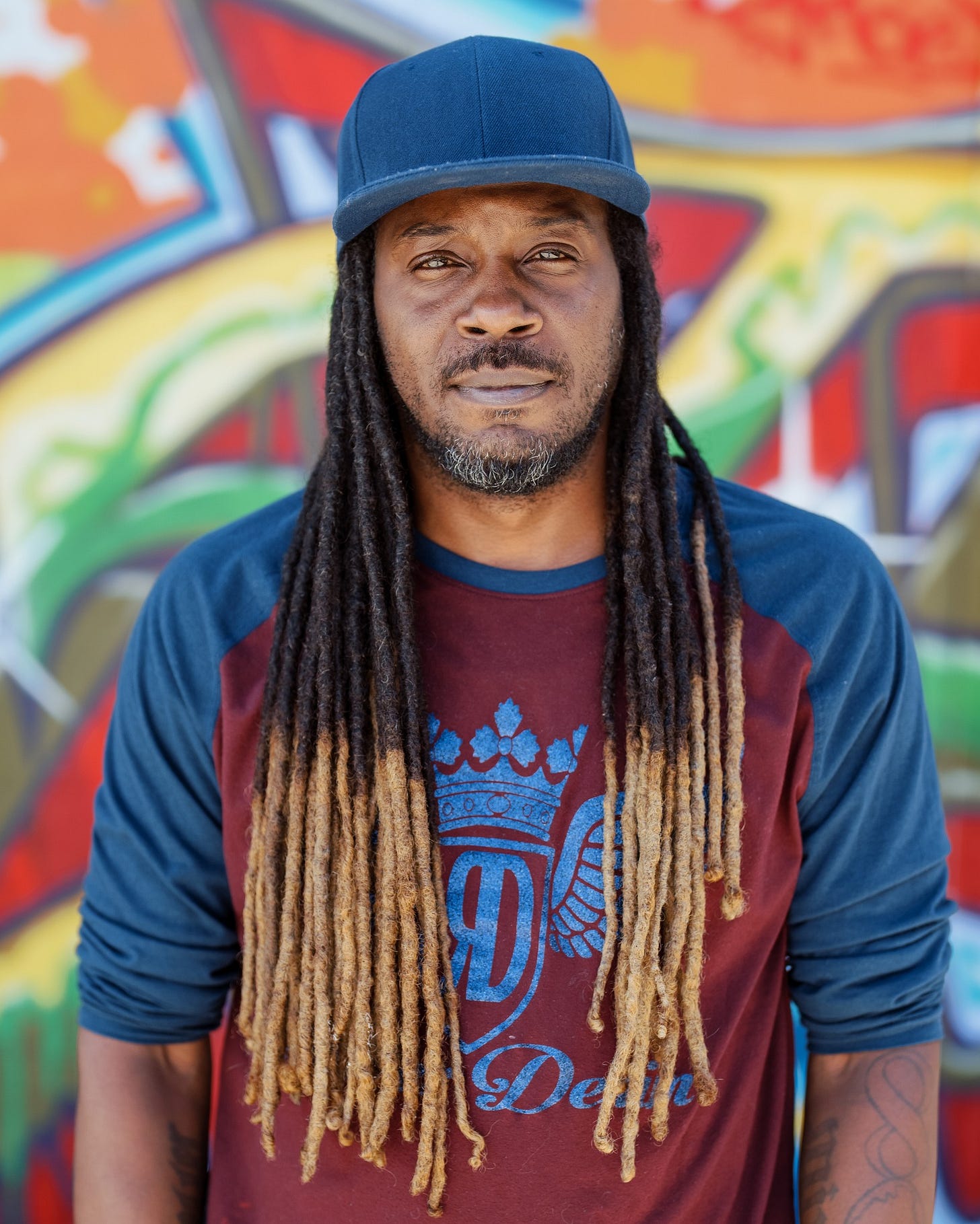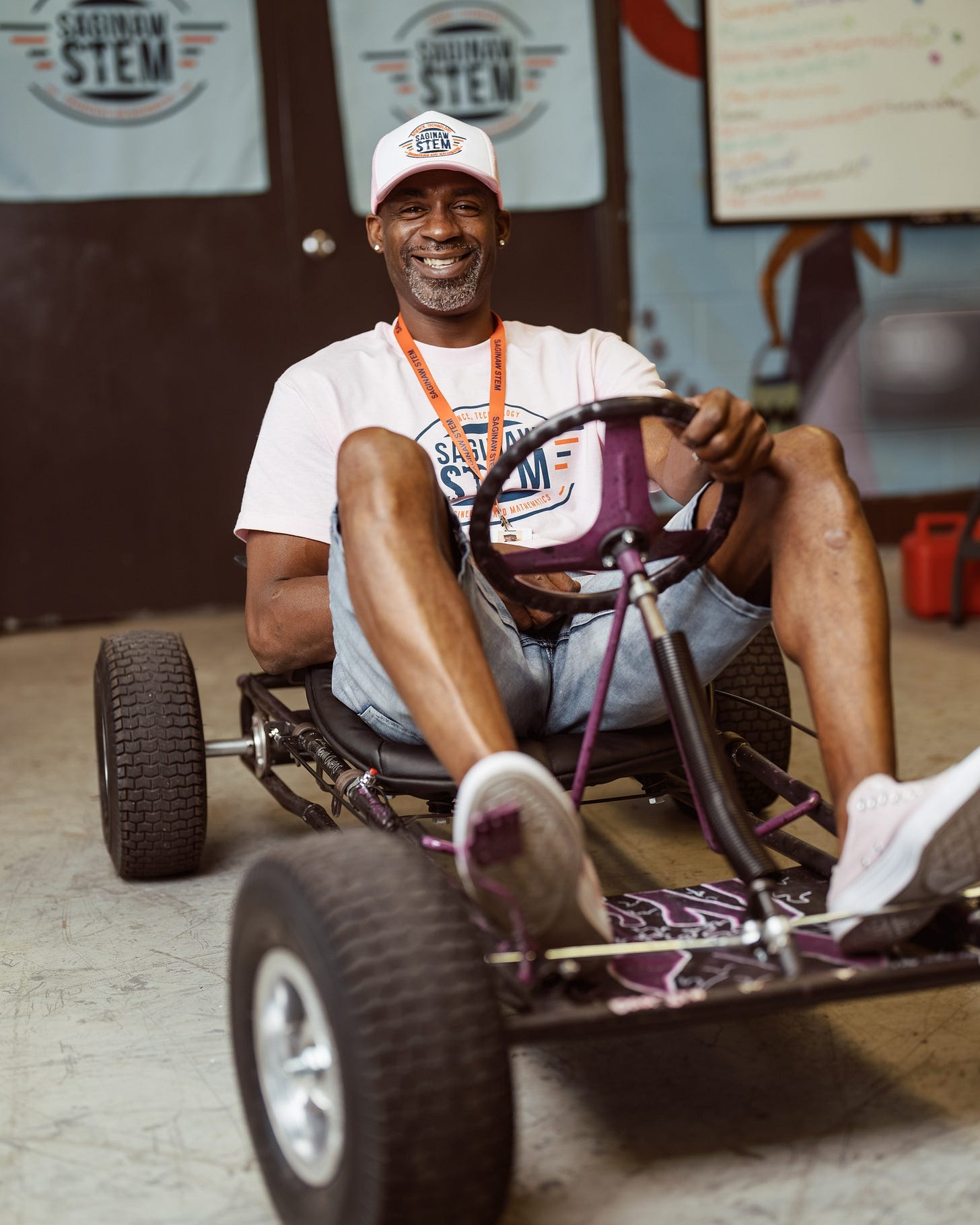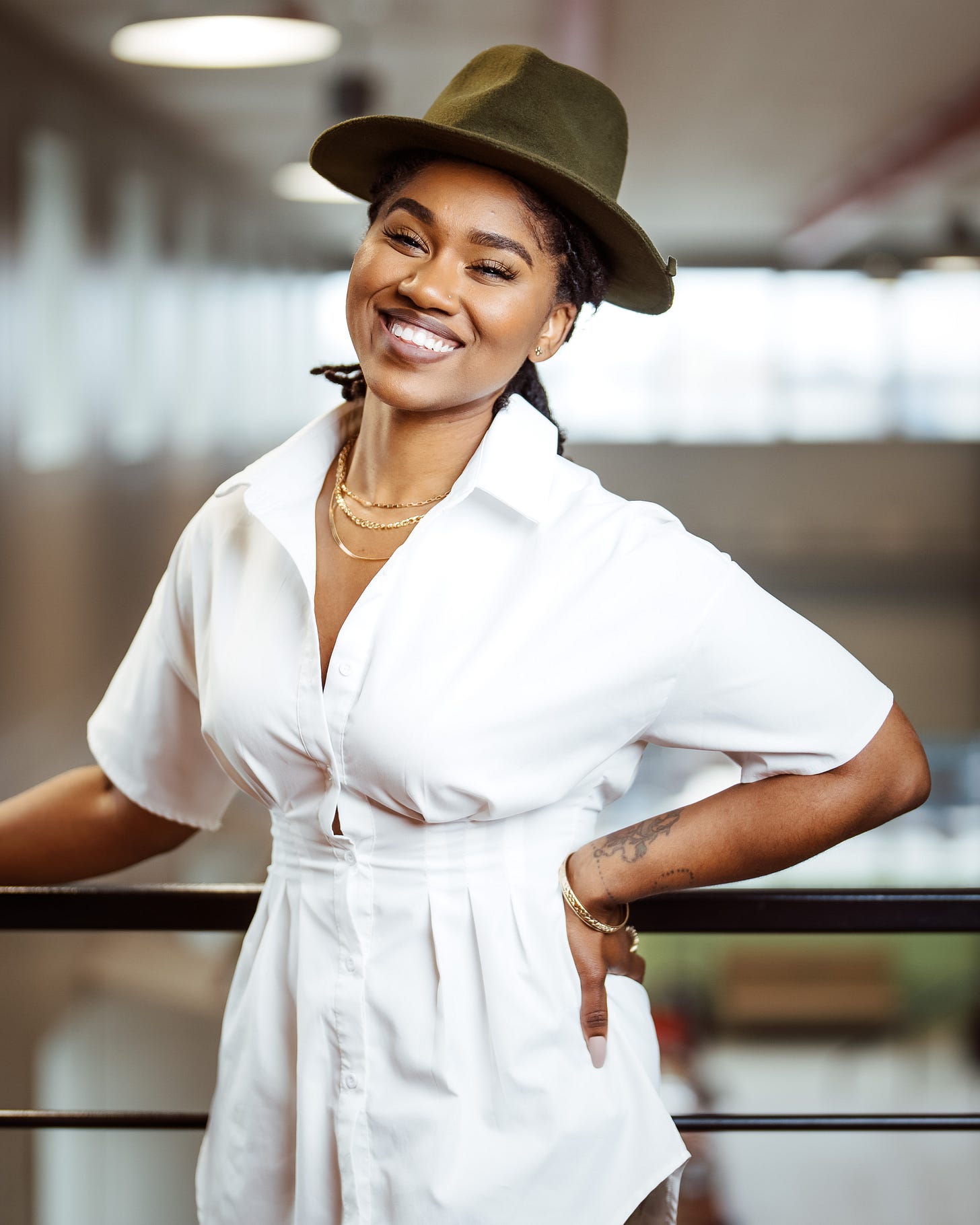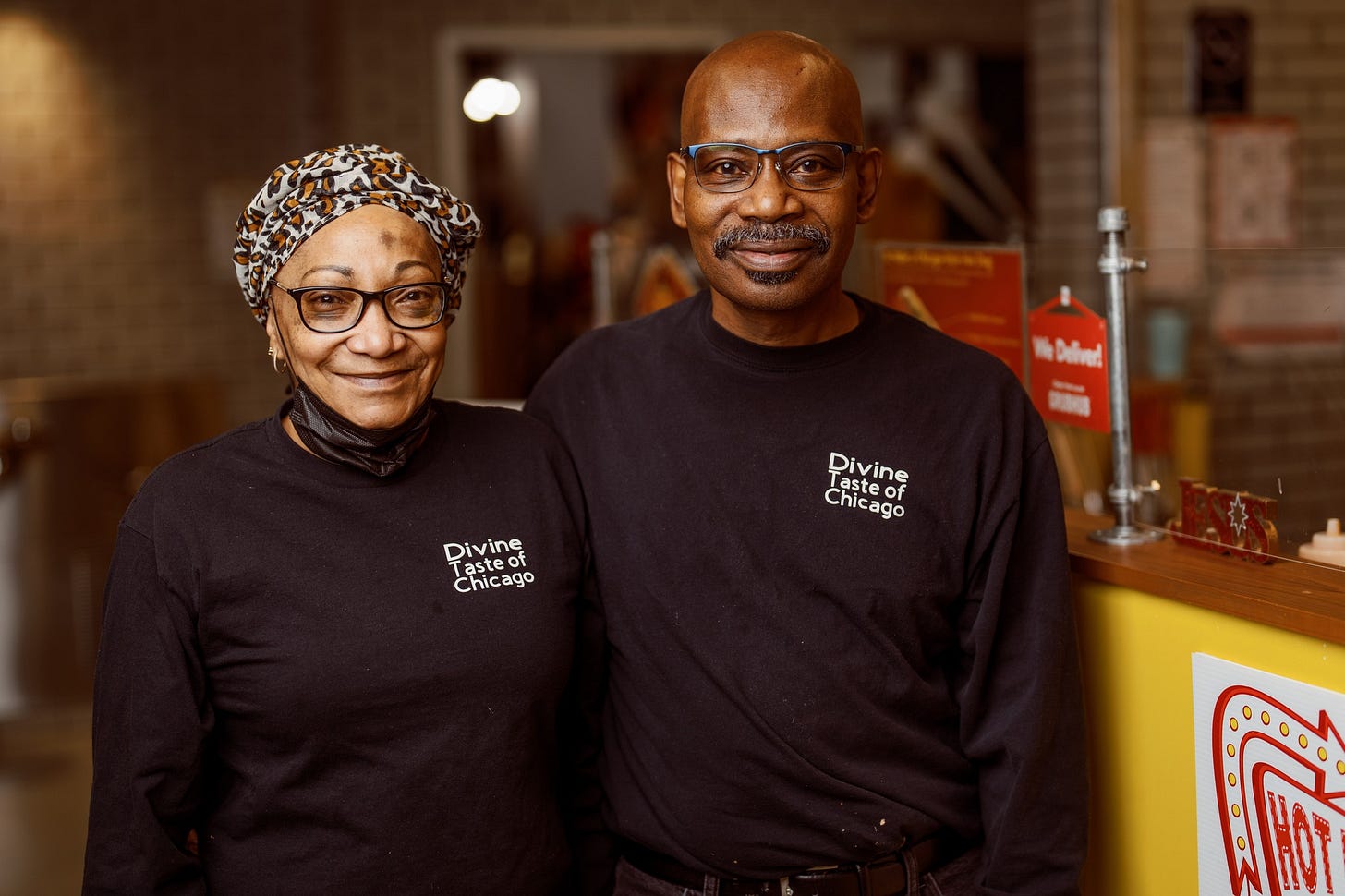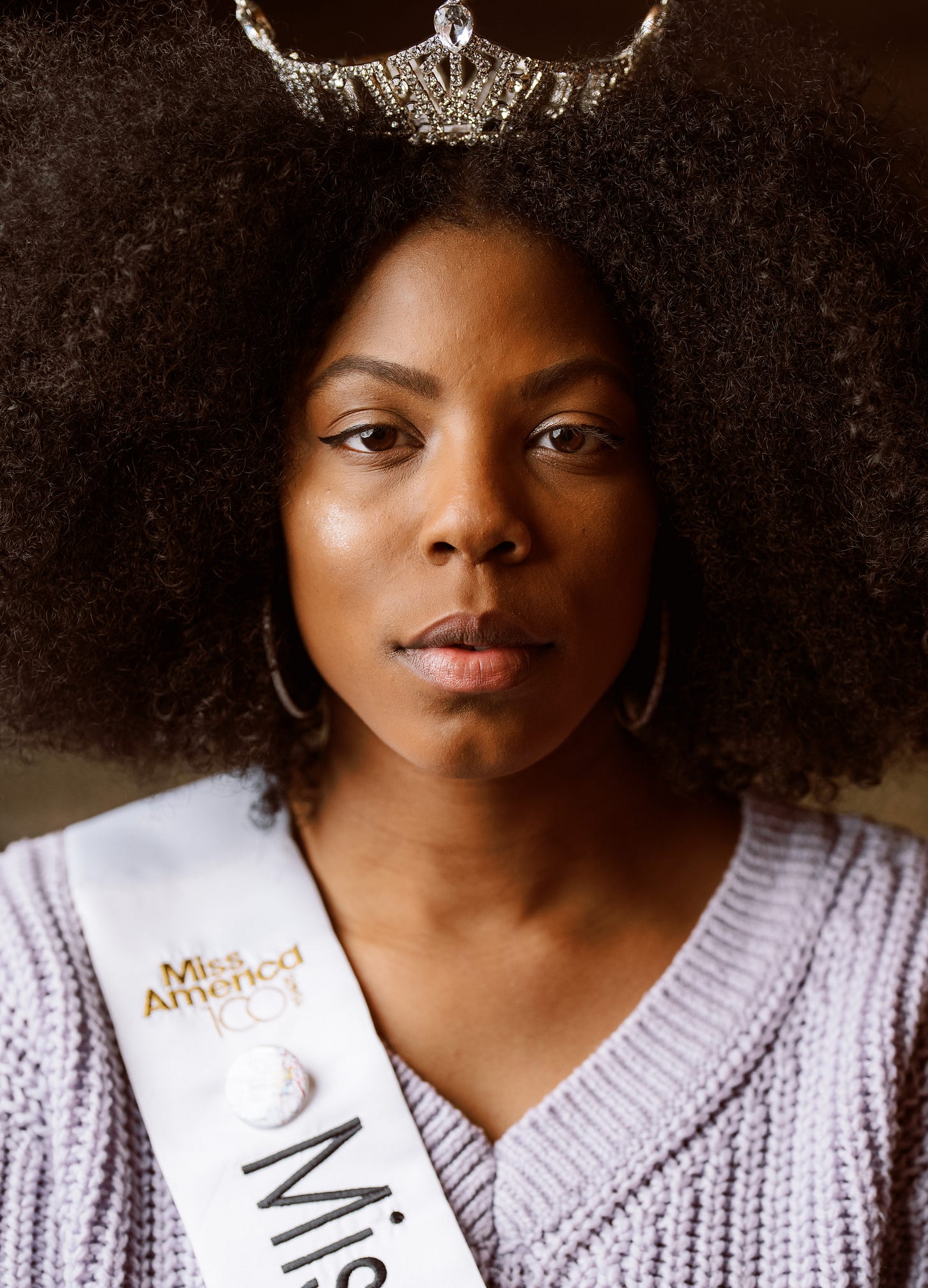Mermaids and Dwarves
I think mermaids can be Black.
Dwarves can be, too, and as long as we’re arguing about what imaginary, half-human, half-animal things can or cannot be: the fairies whisking our kids off to Never Never Land can be Mexican and the centaurs trotting through the forests of Rivendell can be Japanese.
People, real people, can be Black, Mexican, and Japanese, too, along with an infinite number of ways they-don’t-look-like-you. But we knew that, of course, just like we know this debate isn’t really about mermaids and dwarves.
I’m not really interested in talking about the wrongness involved here. If someone believes that a fairy tale fish woman collecting garbage off the bottom of the sea surrounded by talking fish friends being Black violates a pillar of their—and indeed, all of humanity’s–existence, I won’t be able to convince them otherwise.
Instead, this moment is an opportunity to talk about race, representation, and creative pursuits, so to my fellow content creators—writers, photographers, videographers, podcasters, artists, and everyone else who makes stuff:
We control the internet.
Like anything with engines and gears, this monstrous, insatiable machine of Instant Gratification and Obsessive Distraction needs fuel, and the fuel it needs are the things we make. In goes every word, every photo, and every video where it is chewed, swallowed, digested, and expelled into a million different eyeballs and eardrums, burrowing into a million different brains. There, they shape the perceptions that create thoughts, the thoughts that form words, and the words that influence actions. And now, more than ever, in a world where tweets are more powerful than truth, where disagreement replaced dialogue, where issues affecting the lives of millions have become just another way to pass the time, we, as people topping off the tank of this unstoppable machine should be acutely aware of what kind of fuel we’re making.
Every pixel and soundbite we create plays a part in the crafting of the world. Whether that work takes place in Middle-earth or Main Street, with the power of creation comes the responsibility of representation. On the surface, representation of different kinds of people, of course, but really a representation of an idea: that all of the world’s kinds, colors and cultures make it better, and not worse.
Inherent in this idea is the belief that within our most basic parts, we are all the same. Not in a “I don’t see color” kind of way, but, at the risk of paraphrasing the movie Dodgeball, we-all-bleed-the-same-blood kind of way. At this level lies our bonds of common humanity, and what we feed the Insatiable Machine determines what happens to those bonds: whether they are cleaved or created, bound or broken, united or untied.
And as long as we are talking about blood and skin, also inside this idea is the understanding that what we put into this machine affects real people and not mermaids. The “real people” part of this is important—seeing diverse representation in fictional characters is GREAT, but I think there’s a danger of pigeon-holing representation into mermaids and dwarves and superheroes, overlooking the real people within our communities who NEED to be represented through photography, videography, and the like.
These are real people with real lives doing real things that change the real world. They’re people who love their families, work hard, and pursue lives with purpose and meaning. They make our pizza, teach our kids, and keep us out of jail. They talk with us, laugh with us, sing with us, eat with us, and work with us. They fly planes and spaceships and invent the Blues, jazz, and rock and roll. They write poetry with words like, “What happens to a dream deferred?”
Words like:
“But a caged bird stands on the grave of dreams
his shadow shouts on a nightmare scream
his wings are clipped and his feet are tied
so he opens his throat to sing.”
And still more words like:
“Somehow we've weathered and witnessed
a nation that isn't broken
but simply unfinished. . .
And yes we are far from polished
far from pristine
but that doesn't mean we are
striving to form a union that is perfect
We are striving to forge a union with purpose”
They are real, here-in-the-flesh humans who have given us so much, and in return, the least we could do is take their picture, interview them for a story, or put them in a video as a way to see and acknowledge their contributions.
The more consistently we integrate a value of diversity into our content, the more change we can make. Part of the power in representation comes in its repetition: the more people see something, the further it can shape their perspective. After a change of perspective comes a change in understanding, and that’s when the magic can happen. In its simplest form, content creation that values representation is simply finding more ways to feature people of color: their stories, their challenges, the awesome things they do, the obstacles they have overcome, the stories that need to be told, or any of the countless ways that show all of us exactly how much we need all of them.
While we might not have a billion-dollar budget of a blockbuster movie or a pop-corn eating audience of millions, collectively working in a way that embraces repetitive representation, we can, in little steps and nudges, move people. I tell you that because I have been moved. All of the photos in the post are photos I've taken of people whose stories I've told, and those stories have profoundly changed me as a person. I am a considerably different person, a better person, than who I was when this work began three years ago, because of what they have done for me. I owe them so much.
While creating a click-baity “Top Ten Ways You Can Create More Diverse Content” might be a more popular approach to talking about this topic, more important is encouraging us all, myself included, towards a commitment to constantly asking questions of ourselves and our work:
Is what I’m doing reflective of what I believe?
What can I do to better show the value and worth of all people?
Who am I not talking to but should be?
Are my intentions good but am I sending the wrong message?
How does the content I create contribute to the broader conversation of inclusion?
What are the ways I can use what I do to help the people in my community?
After Ariel hands her voice over to Ursula, she ends up on the shore with a freshly minted pair of human legs…and Sebastian the crab is IRATE.
In his rant, he says, “The human world, it's a mess.”
He’s not wrong, but as creators, we also hold the power to make it just a little less messy. And while we’ve never been mermaids, like Ariel, within our depths we want to be human and be with humans.
We wanna be where the people—all people—are, and we can help create that place by being intentional with whose stories we tell, who we point our cameras at, who we write our words about, and what we create to craft the world.
You can also connect with me on LinkedIn, Facebook, and Instagram.


